An earlier start today for breakfast so we can get into the Khumbu Icefall and practice our skills on part of the route up to Camp 1 before the sun becomes too strong and the ice becomes too unstable and unsafe to be in it - that was the plan anyway!
Camp life is a series of changing plans as everything is continuously adjusted and changed because of the weather, differing schedules, team fatigue, etc so you just have to go with it and accept the change - a lesson in mindfulness in base camp. Today’s change wasn’t so major, just a miscommunication over breakfast time meant we were waiting and the kitchen staff were working to a different time which made us late to leave which put a little pressure on the hike into the icefall, for everyone it was the first time into the icefall and level of anxiety and anticipation as to what to expect were fairly high but we all ‘rolled with it’ and got breakfast eventually and then into our 8,000m big boots, jackets, climbing harness, helmets and checked we had our crampons to fix at the right point in the trek.
The Khumbu Icefall is located at the head of the Khumbu Glacier and the foot of the Western Cwm and sits at the head of base camp and southwest of the summit. The icefall is considered one of the most dangerous stages of the South Col route to Everest summit. The Khumbu Glacier moves around 1.2m per day, hence it’s a constant changing landscape and creaks and groans as it moves - a menacing tune we sit and listen to in base camp. Due to this movement snow bridges concealing crevasses and overhanging ice blocks (called seracs) ranging in size from several tons to thousands of tons, can open or collapse with little warning generating extreme danger for climbers. A climber caught in an avalanche or other ‘movement event’ in the icefall can do very little to avoid injury or death. Professional ‘ice doctors’ pick the route each season and set the ropes and ladders to cross through the icefall but even their expertise cannot prevent a loss of life. Records suggest 45 people have lost their life in the Khumbu Icefall since 1953.
It’s a 30 minute walk through base camp to get to the entry point into the icefall and in the big boots the upwards and downwards of the glacier that base camp sits on, slippy with melting ice, yak shit and a gravel like surface makes it a hard start to the day. Our ‘training’ hike today is early morning and only about 3 hours, afternoon is considered the most dangerous time to be in the ice fall and when we head up to Camp 1 we will likely be entering the ice fall around 1am when its at its coldest and most secure, to get to Camp 1 will be a 9 hour trek through this icefall so I’m glad today’s jaunt is limited to only 3 hours.
Its eerily quiet in the icefall as we make our way through and upwards, using the jumar where its needed to get over the steeper sections and making sure we clip onto the rope when its available (some flatter sections there is no rope), I try not to think about avalanches or serac falls or death or injury and concentrate on where I place my feet (massive now with triple layer boots on and crampons), looking ahead so I can prepare for what’s next, conscious there’s a line of people behind me and no one wants to stand around whilst I decide what to do at the next rope change so its important to be ready and anticipate what I’m going to need next.
The trek goes ok, a few tricker sections but nothing too taxing and I’m grateful for the training we did earlier and for my experience gained on climbing Manaslu and Ama Dablam, the team spreads out along the route as everyone finds a speed that suits them, for most (including me) it’s the first time into the icefall and no one wants to cock it up at this stage. We reach a plateau at around 5,550m and take on some water and a short rest waiting for the team to rejoin together and then were heading down back into basecamp, going down is sometimes more difficult than going up and the team gets spread out as it takes awhile for each member to get to grips with the rappelling as the Sherpa’s pretty much leave us to it, probably on the basis that if you can’t do this then you probably shouldn’t be going any further - thankfully everyone gets down and back to basecamp in one piece.
Lunch is waiting for us when we troop back into basecamp about 2.30pm, a delicious potato salad and hot vegetable soup and then everyone goes off to do their own thing, shower, sleep, watch some tv, read - there’s mention of a yoga class so I swiftly exit the dining tent to cafe as after the hike today I don't think my body would appreciate another workout.
Hoping for a rest day tomorrow but Mingma David will inform as what’s happening before dinner, Nims went up to Camp 1 in the early hours and will move to Camp 2 during the day to check out the set up and make sure it’s ready for us when we start our acclimatisation hike, he will then desend and is taking a private client to summit Kanchenjunga which stands at 8,586m and is the 3rd highest mountain in the world, he will then return to Everest Base Camp to continue with our expedition as if he’s just popped off on a few days holiday - as usual were all in awe of his endurance and climbing abilities.
Whilst I’m writing this Mingma David is setting up a make shift white screen and the projector is out so we may be treated to ‘movie night’, I’ll let you know but hopefully not another mountain disaster movie!!!
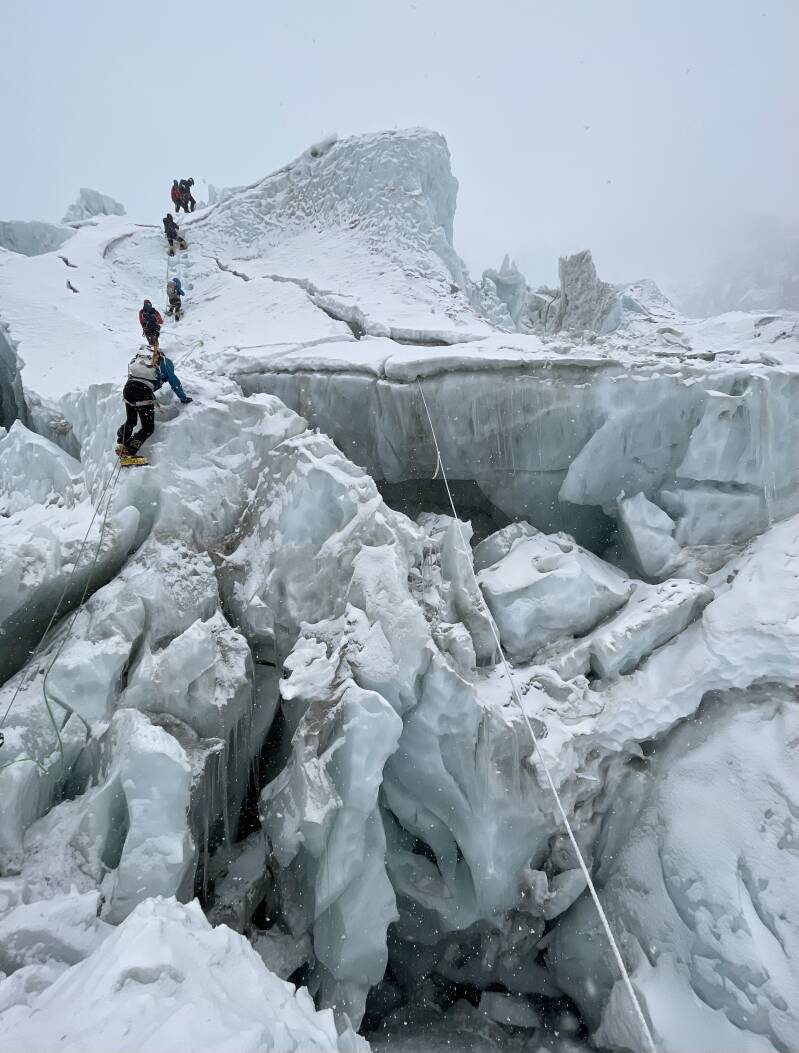
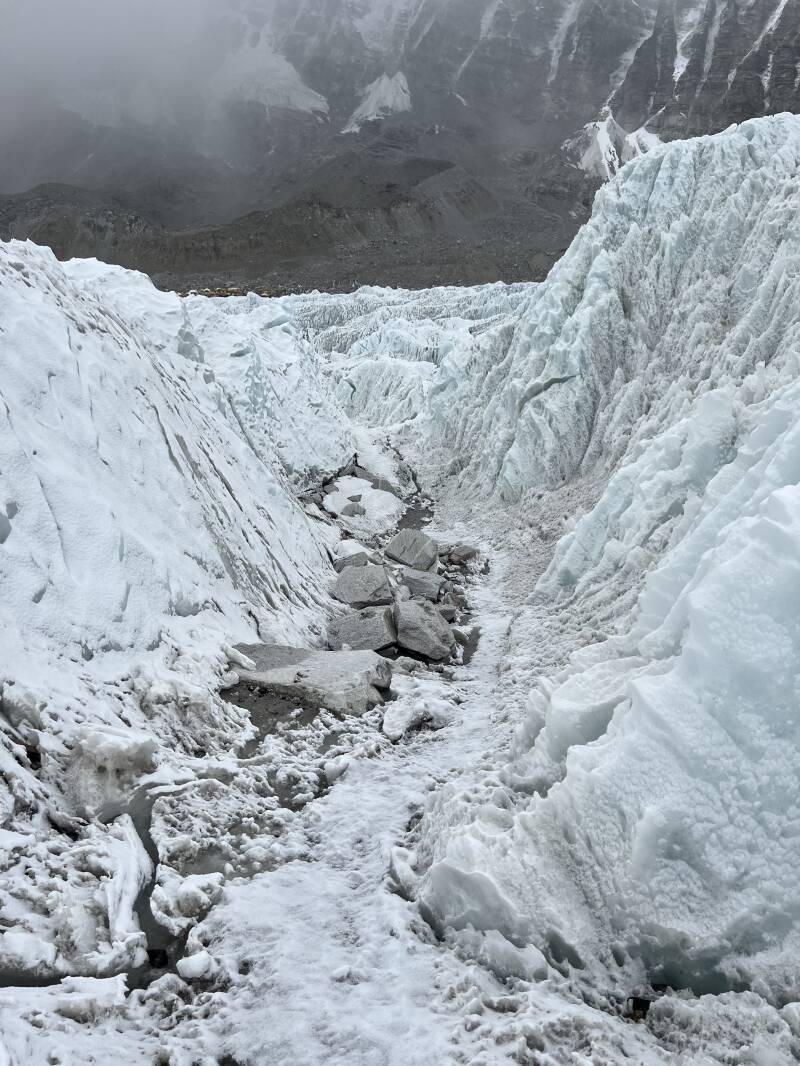
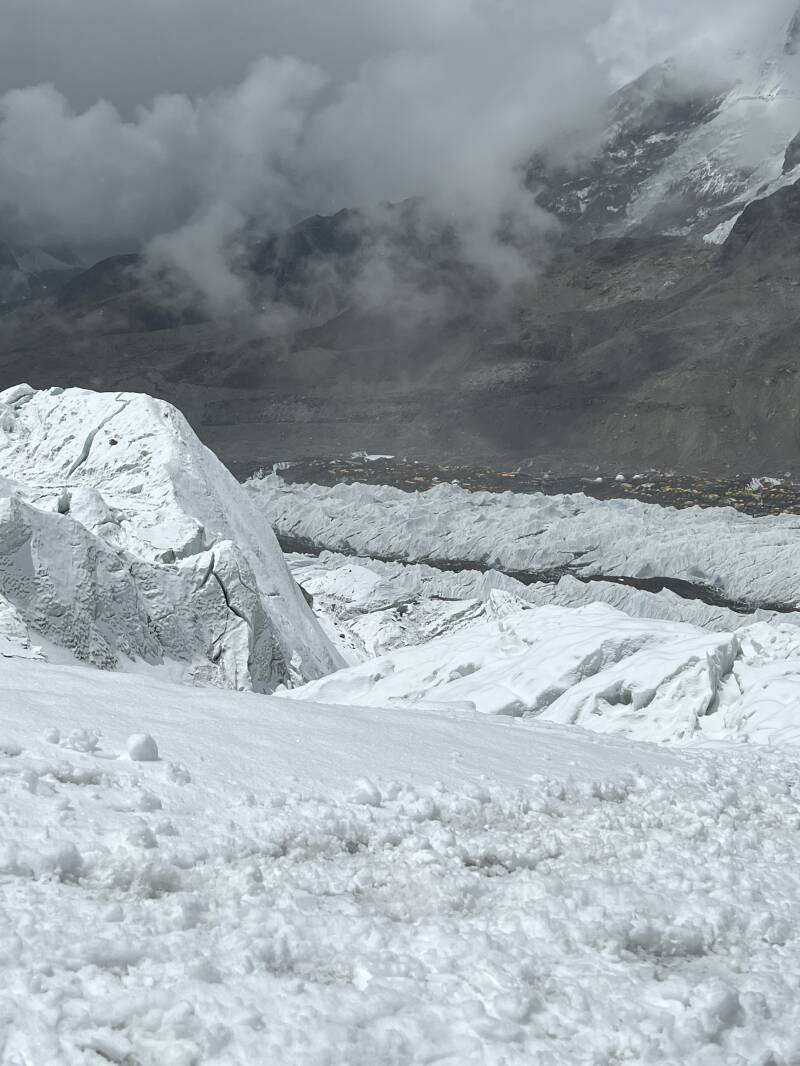
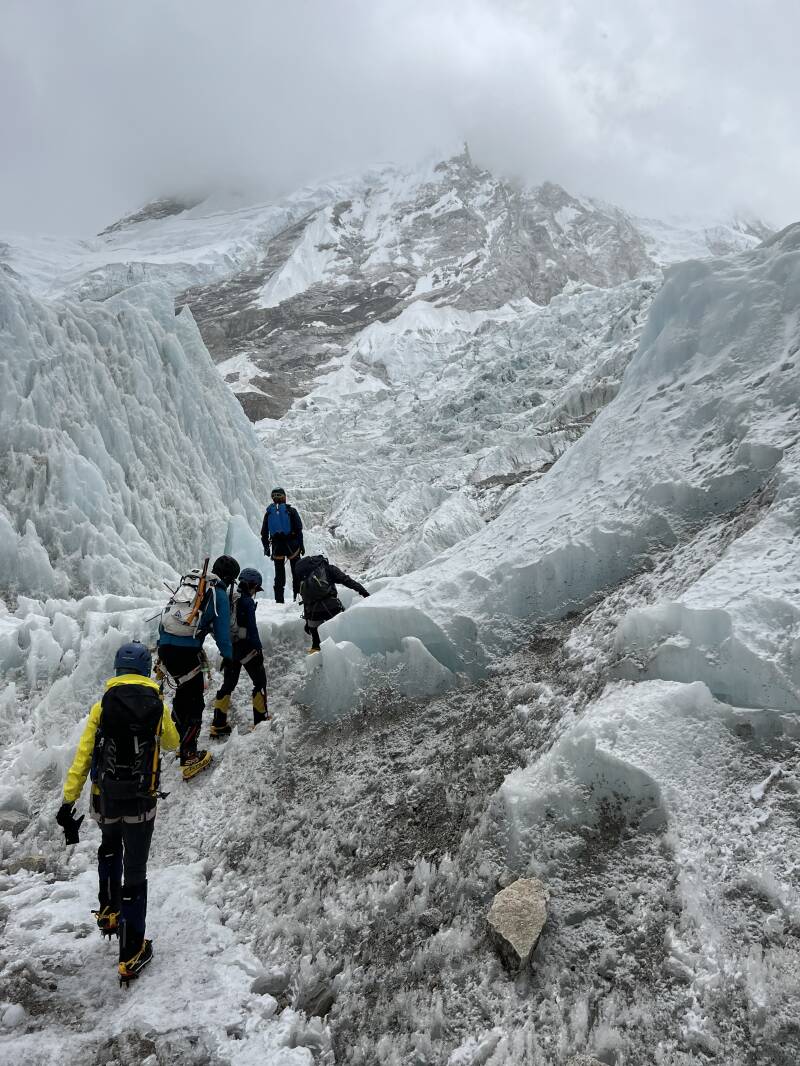
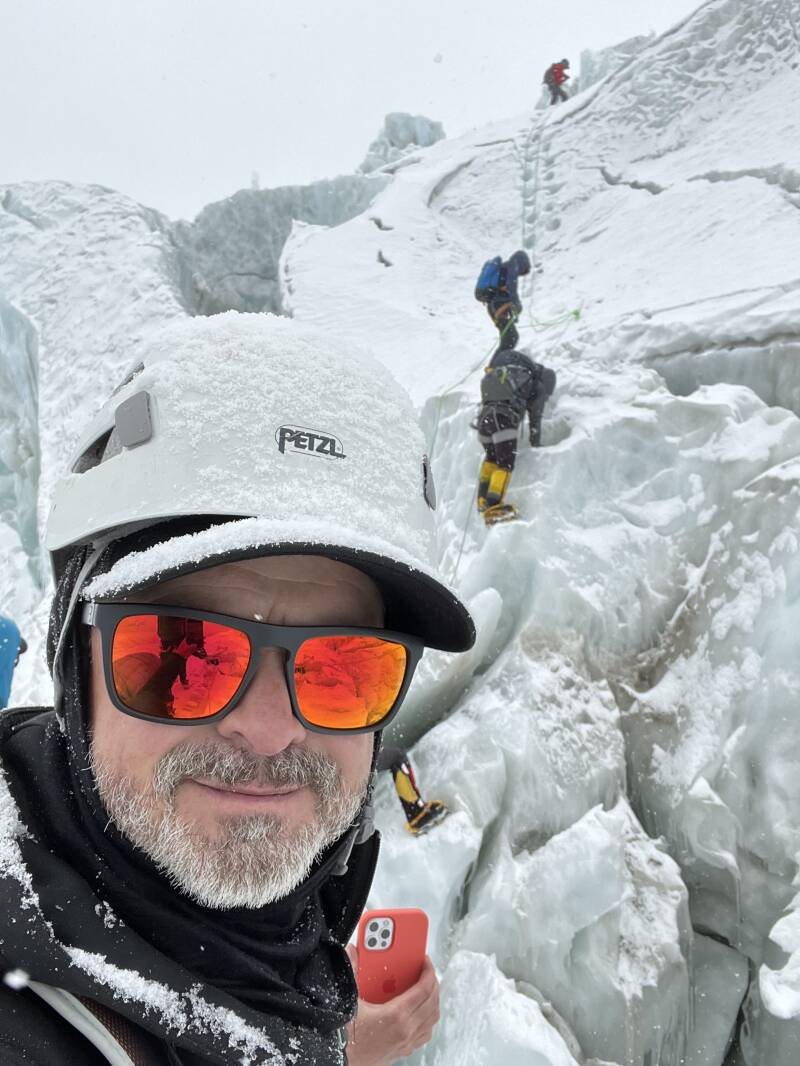
Add comment
Comments
The blog is a great read Steve. Totally changes the perception of climbing to a hill walker like me.